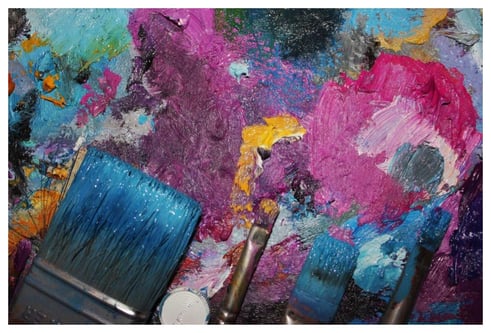
Photo caption: What are the best oil paints for artists? The answer depends on a number of factors, including the artist’s professional goals. Image by Aida KHubaeva from Pixabay.
Oil paint. Just saying the words conjures up visions of vibrant dabs of paint, gloriously thick and rich, yet these same paints are also capable of creating the thinnest and most glowing glazes. These brushstrokes of paint are laid down by the artist’s hand on brilliant white canvases, sometimes with subtlety and sometimes with boldness, but always with beauty in mind.
But while oil paint is capable of turning even the beginner artist into a virtuoso with time, it’s probably not an exaggeration to say that few artists really know what goes into their oil paints. However, it’s important to know what’s in oil paint, because this knowledge allows an artist to achieve even the most seemingly impossible effects.
In other words, in order to create the highest quality art pieces, you need to have a good understanding of what’s in your oil paint and how the colors will look on the canvas. This is particularly true once you understand how your warm and cool colors translate onto canvas. (More on that later…)
Finally, you also need to understand how your oil paint will stand the test of time. The paint you use can play a significant role in your artistic voice, allowing you to create an heirloom piece whose power remains long after you put your signature at the bottom. Knowing about oil paints is a big part of becoming a professional artist.
So with no further adieu, read on to learn:
- What’s in oil paints?
- Why it’s important for you to know the answer to this as an artist?
Classic Artist Oils: What Ingredients Are in Oil Paint?
The simplest answer to this is pigment + oil (most commonly, linseed oil). The not-so-simple answer is that the ingredients can vary widely, depending on the pigments and oils used. There are different brands and often there are differing grades depending on these ingredients. Here are some need-to-know facts about oil paints.
Oils
Oils are the binder for the color pigments in oil paint. Cold-pressed linseed oil is one of the most common oils used. It is extracted from flax seed and used quite often as a preservative. It does seem that linseed oil yellows slightly more than other oils. However, linseed oil is the most resistant to cracking over time.
Other oils that can be used in oil paint include poppy seed oil, safflower oil, and walnut oil. There are other possibilities, but these are the most common. Although these oils yellow less over time, they are thinner and have a stronger tendency to crack as a painting ages.
It’s interesting to note that paints with different oils have been used to specifically create different effects. In Raphael’s The Mond Crucifixion, he used a yellowing oil for the figures and ground and the clearer oils for the bright, blue sky because he didn’t want that paint to yellow.
Pigments
Oil paint pigments can be classified as synthetic or natural and organic or inorganic.
Historically, pigments were made from natural sources that were either organic or inorganic. Pigments came from varying plants, charred animal bones, rocks, minerals, etc. These were the pigments used by the Old Masters.
Synthetic pigments are chemically developed from petroleum substances, acids and other chemicals. Some of these include quinacridone, phthalocyanine and dioxazine, although they continue to use the natural names that were used historically.
What Is the Difference Between Artist Grade and Student Grade?
Not all oil paint is equal. There are two main grades or classifications of oil paint: artist (or professional) and student. You may also find some variations in addition to these depending on how the oil paint is made. Here are some more facts about oil paints that you should know as an artist.
Artist Grade Oil Paint
Artist grade oil paint, sometimes referred to as professional grade, contains a very high pigment content. The color on the best professional oil paints is rich and pure. The viscosity is also thick and creamy. It’s a little stiffer as you apply it to your canvas. However, it will cover well and your painting will be more bold and vibrant because there are no fillers in this paint. These artist grade paints make it possible for the viewer to fully enjoy the color symbolism in your work.
It’s lightfast and will age well, retaining its vibrancy and true color. Artist grade paint also mixes well. The colors remain true even when mixed. Although this paint usually has a higher sticker price, in the long run it will be more economical because of the intensity and quality of the paint.
Student Grade Oil Paint
Generally speaking, student grade paint has a very low percentage of pigment. To compensate for that, manufacturers will add more oil and fillers, such as chalk. These extra fillers do reduce the cost of the paint so initially you won’t be spending as much money.
However, the characteristics of student grade paint are of a lower quality. You may need to use more to get rich, vibrant tones on your canvas. When mixed, these paints tend to turn muddy and lose their true brilliant color. In addition, they are often not lightfast and will fade over time. The lower quality of these paints will often make this a less economical purchase.
Taking the time to determine what you’re painting to see whether you’ll need the higher or lower quality paints. If you’re doing a higher priced commission, you’ll want to produce a higher standard painting and need to use artist grade paints.
There may be other times when you don’t need thick, rich paints that will last, so you can use the more economical student grade paints. It’s important to consider these things before you start painting.
Video caption: Why Are Some Oil Paints so Expensive?
What Characteristics Are Important In Good Quality Oil Paint?
We touched on some of these when comparing artist and student grade oil paints. These are some of the main characteristics you want to ensure that the paints in your professional oil painting kit have.
- High quality and proportioned ingredients. You want to see a high pigment load to ensure your paintings exhibit rich, vibrant colors.
- Texture and Consistency. You want to ensure your paint’s consistency is thick, creamy and well mixed. You don’t want the oil to separate from the pigment, nor do you want lumps or for it to have a gritty texture. Whether using a brush or palette knife, your paint should lay smoothly on the canvas, gliding across the canvas and covering it well.
- Mixability. You want to ensure your paints mix well and don’t become muddy in the process. When mixed, they should still have high chroma.
- Drying Rate. You want to know the length of time required for your paint to dry. Painting in layers requires drying time in between them. Oil paint absorbs oxygen and hardens. The ingredients in the paint will determine the time required to dry completely. Cracking will occur if the layers are not allowed to dry completely before adding another layer.
- Lightfast and Permanent. You want to ensure your paint will retain its original color after being exposed to light. Even when you are tinting your paint, you want it still to be a vivid, brilliant color.
Knowing and understanding the characteristics of the oil paints you choose determines the quality of painting you’ll create. Understanding how light hits your painting and bounces back is also important, depending on the results you want. When the light bounces on underlayer glazes, you’ll create a glow as opposed to thicker, opaque layers that have a matte finish.
Additional Oil Paint Categories
There are four additional categories of oil paints—warm, cool, transparent, and opaque. These categories are important because they affect how your finished painting turns out. In other words, knowing how to use your paints, based on their temperature and thickness, allows you to achieve the effects that you want from classic artist oils.
- Warm. Oil paints that are warm in temperature will appear closer to the viewer than cool colors. Ordinarily, when talking about warm colors, it evokes the colors seen in fire and dazzling sunsets. But in this instance we’re referring to how the color fools the viewer’s eye, either by drawing something closer or moving it further away from them. So as you’re painting, determine the elements you want to appear closer to the viewer and paint them with warm colors.
- Cool. Oil paints that are cool in temperature will appear to move away from the viewer. Again, we often think of cool colors as those in cool water and lush, dense forests. But in this case, it’s your use of cool colors that will make the background of your painting recede, while the warm colors will make the images in the foreground standout. It’s important to clarify, then, that there is such a thing as a cool red and a warm blue (to give you some idea of how this concept works).
- Transparent. Oil paint that is transparent will let the light shine through it to the underlayer. You can create layers of transparent paint depending on the effect you desire. When painting with transparents, start with light colors and move to darks.
- Opaque. Oil paint that is opaque is thick and does not let any light through. Opaques create more of a matte or chalky layer and should be painted from darks to lights.
Final Thoughts on Oil Paint
And you thought it was just paint.
Painting with oils is exciting. You can create stunning artwork with these pigment rich and creamy paints. You can use a variety of techniques from the Old Masters to more contemporary mixed media techniques that finish in oils.
As you prepare your next creation, think through what you want the viewer to see, what effects you want to create, and how you plan to leave your brushstrokes visible for a more painterly look.
Will you use artist or student grade? Where will you use warm? And cool? Will you create transparent glazes? Or opaques for a matte finish?
We’re excited to see it!
One Last Word on Oil Paint
Video caption: A First Look at the Milan Art Institute Oil Paints
We are SO EXCITED to share that we have created our own line of oil paint—Milan Art Oil Paints!
These paints are high quality, lightfast, richly pigmented, thick and creamy. They have a beautifully well-blended smooth texture that doesn’t separate. Their colors are vibrant and intense. When you mix them they retain their true color. Even when tinting with our brilliant white, you will still see a rich color true to its original.
There are 27 colors that can be mixed to create whatever warm or cool color you need. For example, there’s no need to buy separate radiants because you can create myriad values with our brilliant white and any of the colors. You can even get colors that aren’t normally available like a cool transparent orange… just mix our cool transparent red and yellow.
One of the best features is our labeling. There is no more guessing. Each label clearly states the temperature and category—warm transparent (WT), warm opaque (WO), cool transparent (CT), cool opaque (CO), or neutral (N). They also provide a gauge that lets you know the intensity of temperature. Truly, these paints are an asset to painters, whether they’re just starting out or on their way to becoming a professional artist!
Learn More Facts About Oil Paints & Artist Brushes Below
50 Ways to Lay Down Paint: A FREE Online Oil Painting Class
What Are the Best Oil Paint Brushes: 7 Things Artists Should Know When Choosing Their Brush
How To Clean Your Brushes for Oil Painting
Milan Art Institute
Subscribe to Our Blog
Browse Posts
Browse by topics
- art inspiration (45)
- become a professional artist (38)
- art techniques (35)
- art tips (23)
- art tutorial (22)
- art history (17)
- art skills (17)
- hero artists (17)
- painting (14)
- art masters (13)
- art supplies (13)
- drawing (12)
- acrylic painting (9)
- sketching (9)
- art education (8)
- oil painting (8)
- sell your art (8)
- art marketing (7)
- art and travel (6)
- art fun (6)
- artist mindset (6)
- fine art (6)
- travel sketching (6)
- art business (5)
- art studio (5)
- artist brand (5)
- artist voice (5)
- holidays (5)
- professional habits (5)
- traveling (5)
- oil paint (4)
- professional artist habits (4)
- art career (3)
- art resources (3)
- doodling (3)
- professional artists (3)
- urban sketching (3)
- art school (2)
- art therapy (2)
- artist block (2)
- branding (2)
- cleaning (2)
- color (2)
- creative block (2)
- decorative market (2)
- dreams (2)
- paint (2)
- quotes (2)
- surrealism (2)
- art entertainment (1)
- art galleries (1)
- art influencers (1)
- art markets (1)
- art photography (1)
- art portfolio (1)
- collecting art (1)
- coloring (1)
- composition (1)
- decorative art (1)
- eco friendly (1)
- environment (1)
- impressionism (1)
- mixed media (1)
- narrative art (1)
- plein air (1)
- portraits (1)
- price your art (1)
- right brain (1)
- success stories (1)
- symbolism (1)
- time management (1)




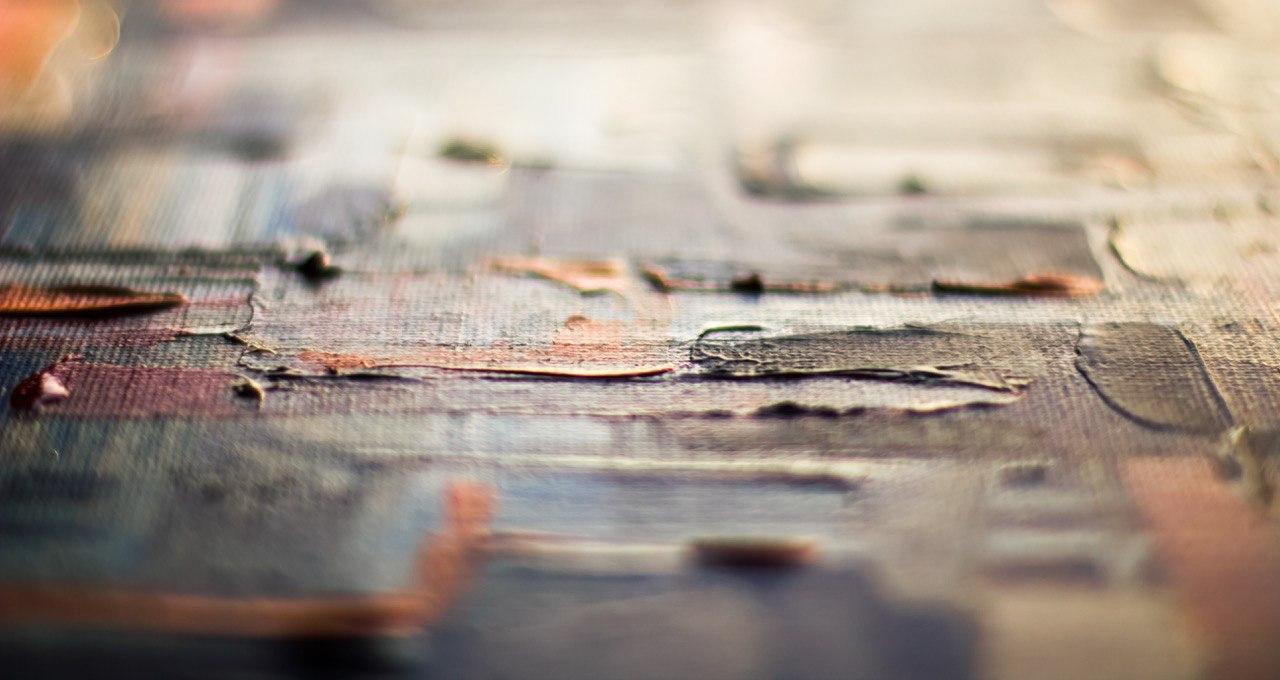
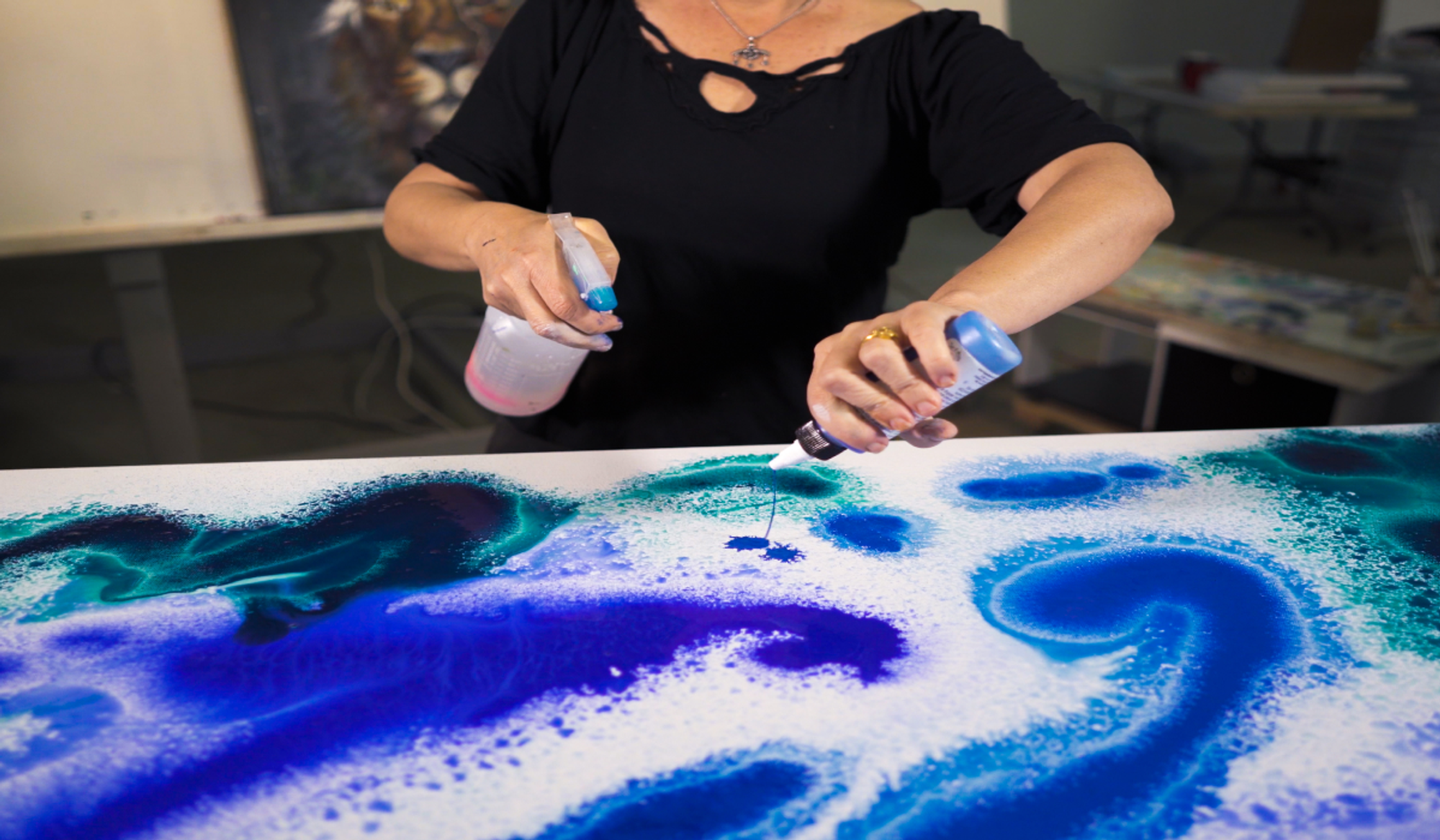





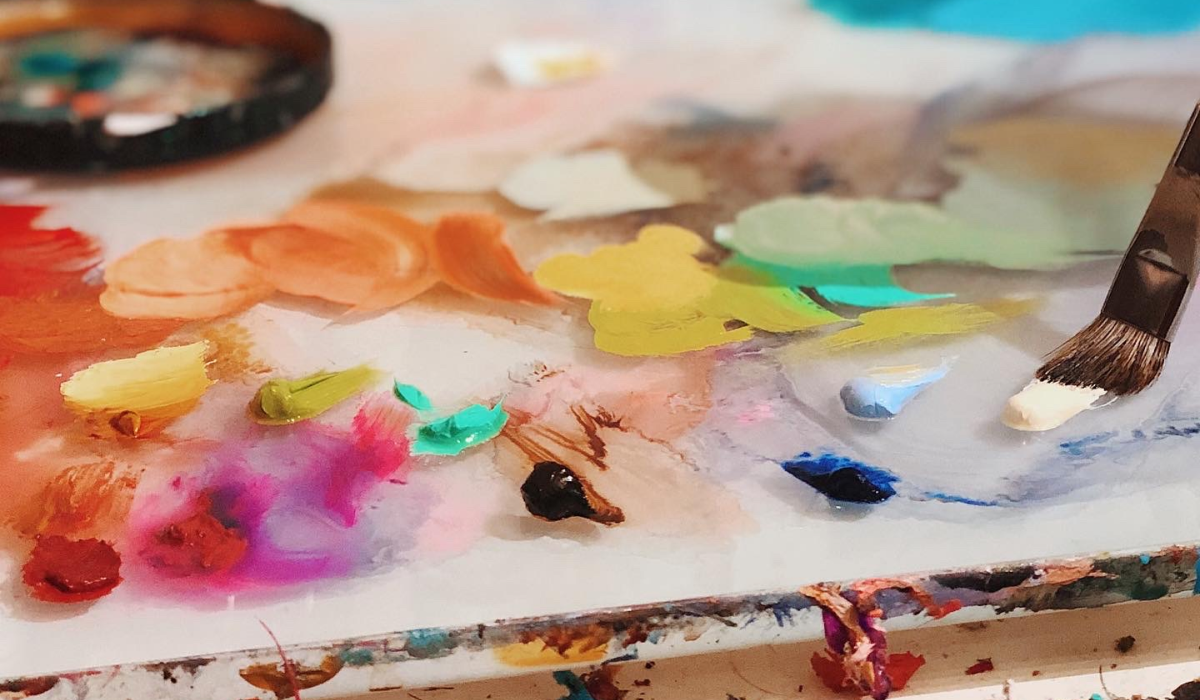
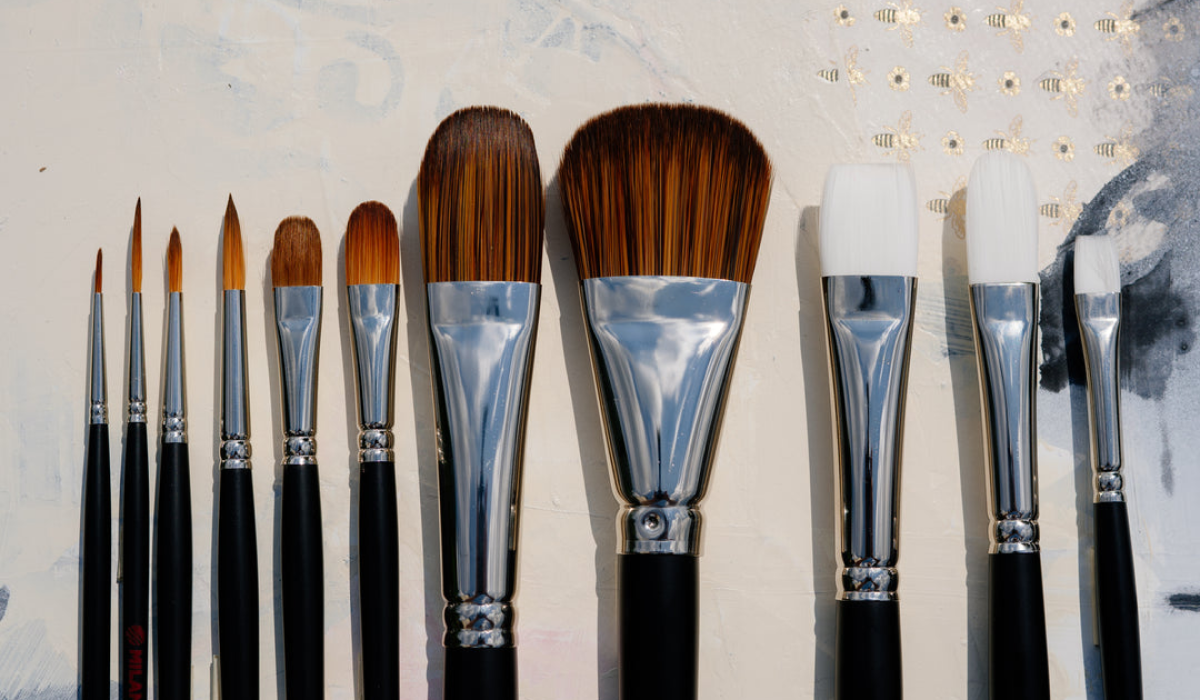
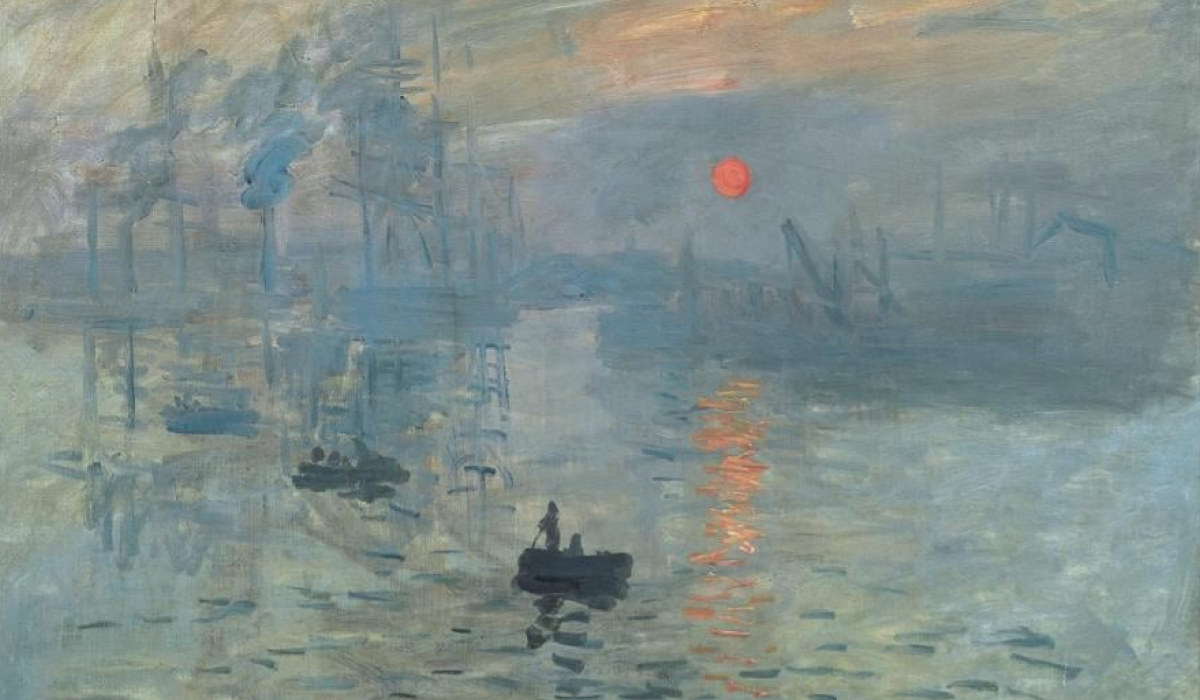
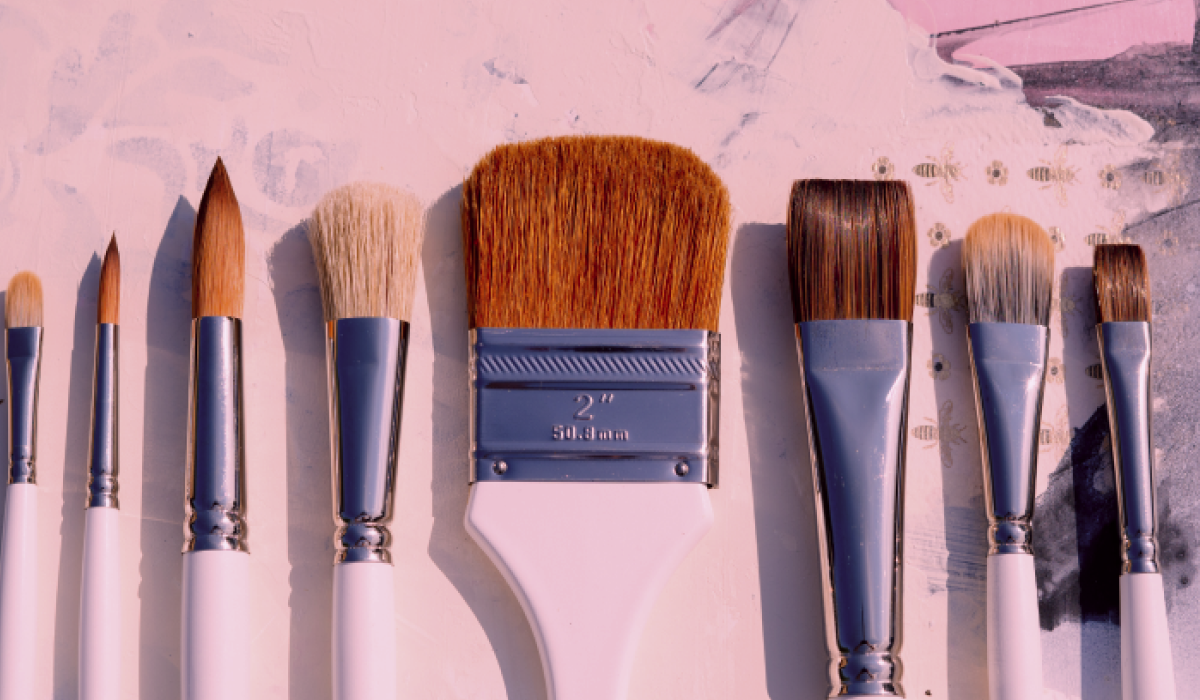

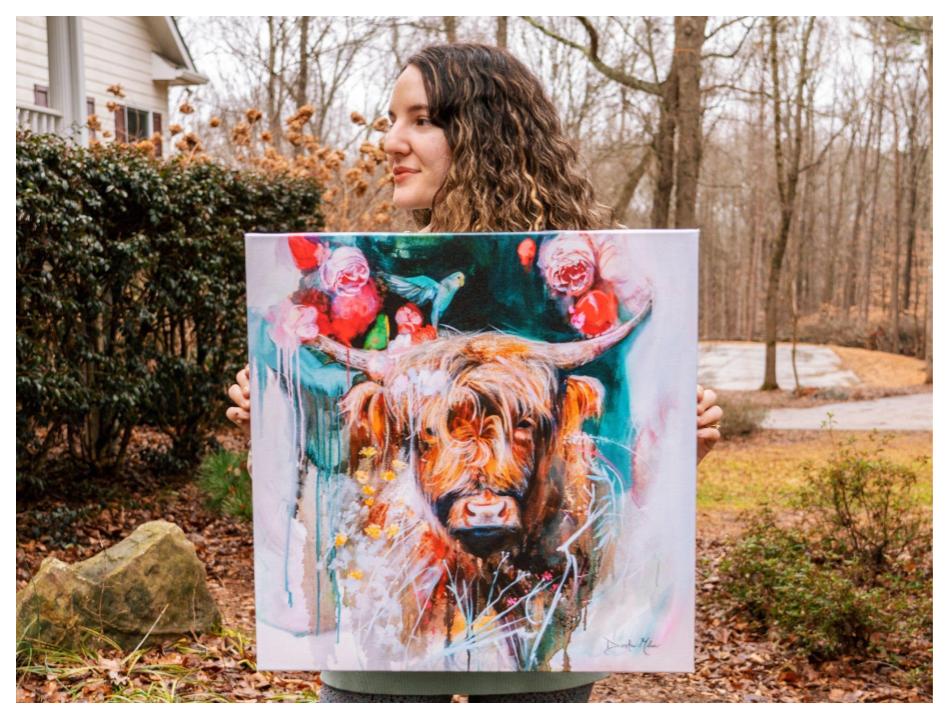

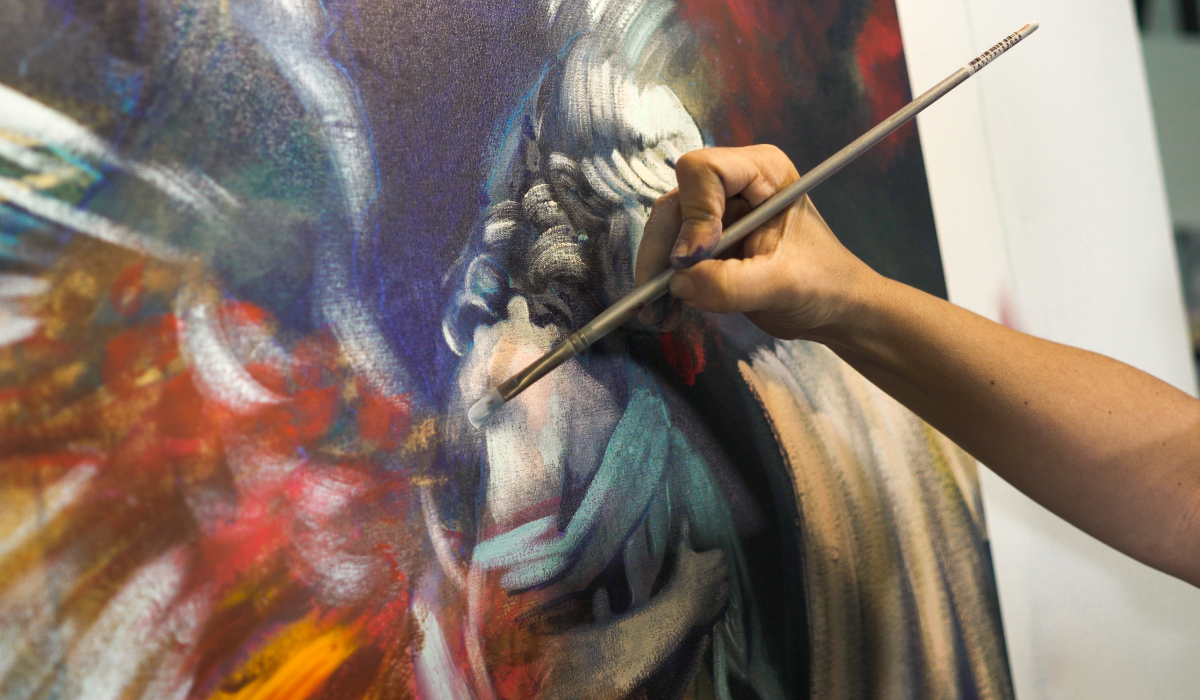

Post a comment